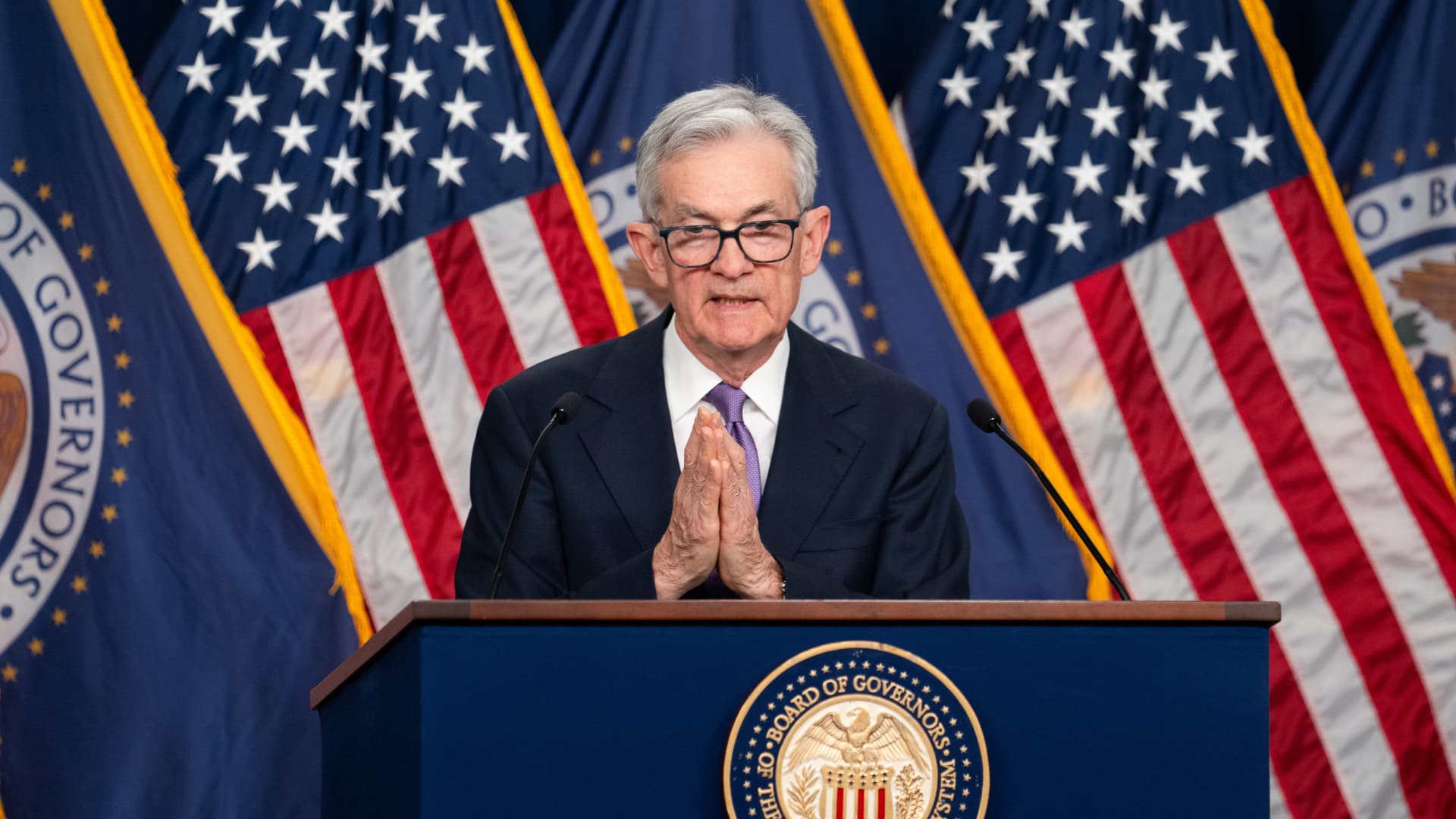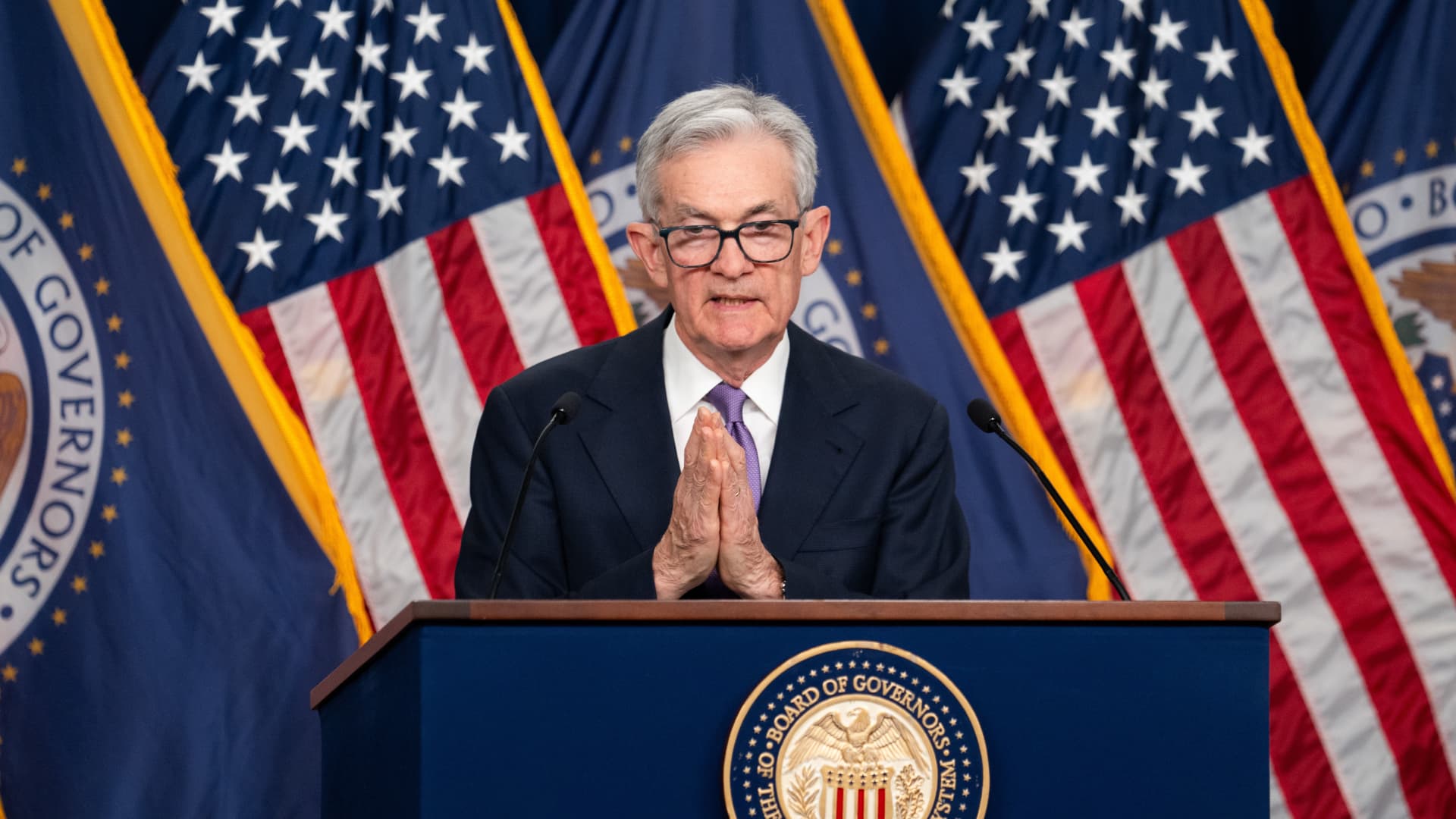Decoding the Federal Reserve’s Signals
The Federal Reserve’s (Fed) communications are under constant scrutiny by economists, investors, and the public. These statements offer critical insights into the future direction of monetary policy, making them indispensable for those seeking to understand the economic landscape. Recent analyses have focused on the subtle changes within the Fed’s statements following Federal Open Market Committee (FOMC) meetings, providing a nuanced view of the central bank’s evolving narrative.
The Focus on Comparative Analysis
One of the most prominent trends in reporting is the direct comparison of successive FOMC statements. Media outlets such as NBC New York, MSN, and various articles titled “Here’s what changed in the new Fed statement” have adopted a visual method to highlight alterations. Text removed from previous statements is marked in red with a strikethrough, while newly added text is indicated in red. This approach effectively underscores the Fed’s deliberate adjustments to its messaging, signaling shifts in its outlook. The emphasis is not on dramatic overhauls but on subtle refinements that can have significant market implications.
This method of comparative analysis is not just about identifying changes but also about understanding the intent behind them. The Fed’s language is carefully calibrated to reflect a nuanced assessment of economic conditions and future policy intentions. By focusing on these subtle changes, analysts and investors can gain a deeper understanding of the Fed’s thinking and its potential impact on the economy.
Key Economic Observations Embedded in the Statements
The Fed’s statements consistently acknowledge several key economic realities. The unemployment rate is repeatedly described as “low,” and labor market conditions are consistently characterized as “solid.” This suggests continued strength in the labor sector, a crucial component of the Fed’s dual mandate of maximum employment and stable prices. However, the persistent presence of “somewhat elevated” inflation remains a central concern. This phrasing acknowledges some progress but indicates that inflation hasn’t yet returned to the Fed’s target level.
Recent indicators suggest continued economic expansion at a “solid pace,” a phrase appearing in multiple statements. This positive assessment is tempered by the ongoing inflation concerns, creating a complex picture that necessitates a cautious approach to policy adjustments. The Fed’s acknowledgment of these economic realities is crucial for understanding its policy decisions and the broader economic outlook.
Shifting Perspectives on Future Rate Cuts
A significant point of contention and observation revolves around the Fed’s outlook on future interest rate cuts. Reports indicate that, at times, the Fed has signaled the possibility of two more cuts within the year, while at other times, this view has become less confident. This fluctuation in guidance reflects the data-dependent nature of the Fed’s decision-making process. The central bank is closely monitoring incoming economic data—particularly inflation figures—to determine the appropriate course of action.
The Forbes article highlights the political context surrounding these decisions, noting commentary occurring just prior to the release of the Fed’s statements. While not directly influencing the policy itself, this external pressure underscores the sensitivity surrounding monetary policy decisions. The Fed’s shifting perspectives on future rate cuts reflect its commitment to responding to economic data and maintaining flexibility in its policy decisions.
Nuances in Language and Policy Firming
The language used by the Fed is far from arbitrary. The statements reveal a careful consideration of phrasing to convey specific intentions. The continued inclusion of language regarding the consideration of “the extent of additional policy firming that may be…” suggests the Fed isn’t entirely ruling out further interest rate hikes, even while holding rates steady. This cautious stance reflects a desire to maintain flexibility in the face of uncertain economic conditions.
The Wall Street Journal’s Fed Statement Tracker provides a granular view, even noting dissenting opinions within the FOMC. The record of Christopher J. Waller’s vote—opposing the current policy but favoring continued balance sheet reduction—illustrates the internal debate shaping the Fed’s decisions. Neel Kashkari’s participation as an alternate member further highlights the collaborative, yet sometimes divergent, nature of the committee. These nuances in language and policy firming underscore the complexity of the Fed’s decision-making process and its commitment to maintaining flexibility.
The Significance of the September 2024 Meeting
Specific mention is made of the September 18, 2024, meeting, where the Fed announced a half-point rate cut. This event serves as a concrete example of the Fed’s willingness to adjust policy in response to evolving economic conditions. However, the subsequent statements suggest a more cautious approach, indicating that further cuts are not guaranteed and will depend on continued progress on inflation.
The significance of this meeting lies in its demonstration of the Fed’s responsiveness to economic data. The half-point rate cut was a clear signal of the Fed’s commitment to addressing inflation concerns, while the subsequent cautious approach reflects its recognition of the need for continued vigilance. This balancing act is crucial for understanding the Fed’s policy decisions and their impact on the economy.
Temporal Shifts in Reporting and Statement Dates
The articles span a timeframe from January 2025 to May 2025, and even back to September 2024, demonstrating a continuous cycle of Fed meetings, statement releases, and subsequent analysis. The repeated appearance of articles titled “Here’s what changed in the new Fed statement” across different dates underscores the ongoing importance of these communications and the public’s desire to understand their implications. The March 2025 and May 2025 statements are particularly highlighted, with multiple sources focusing on the comparative changes within those releases.
This temporal shift in reporting reflects the dynamic nature of the Fed’s communications and the continuous cycle of economic data analysis. The repeated focus on comparative changes within the statements highlights the public’s interest in understanding the Fed’s evolving narrative and its potential impact on the economy.
A Delicate Balancing Act: The Conclusion
The analysis of recent Fed statements reveals a central bank engaged in a delicate balancing act. It acknowledges the strength of the labor market and continued economic growth but remains vigilant about persistent inflation. The Fed’s communication strategy is characterized by careful calibration of language, avoiding overly definitive statements and maintaining flexibility to respond to incoming data. The shifts in guidance regarding future rate cuts, the nuanced phrasing around potential policy firming, and the internal debates within the FOMC all point to a complex decision-making process.
Ultimately, the Fed’s goal is to navigate a path toward stable prices and maximum employment, and its statements serve as a crucial window into its evolving assessment of the economic landscape and its commitment to achieving those objectives. The ongoing scrutiny of these statements, as evidenced by the extensive media coverage, underscores their profound influence on financial markets and the broader economy. The Fed’s delicate balancing act is a testament to its commitment to maintaining economic stability and growth in the face of uncertain conditions.












